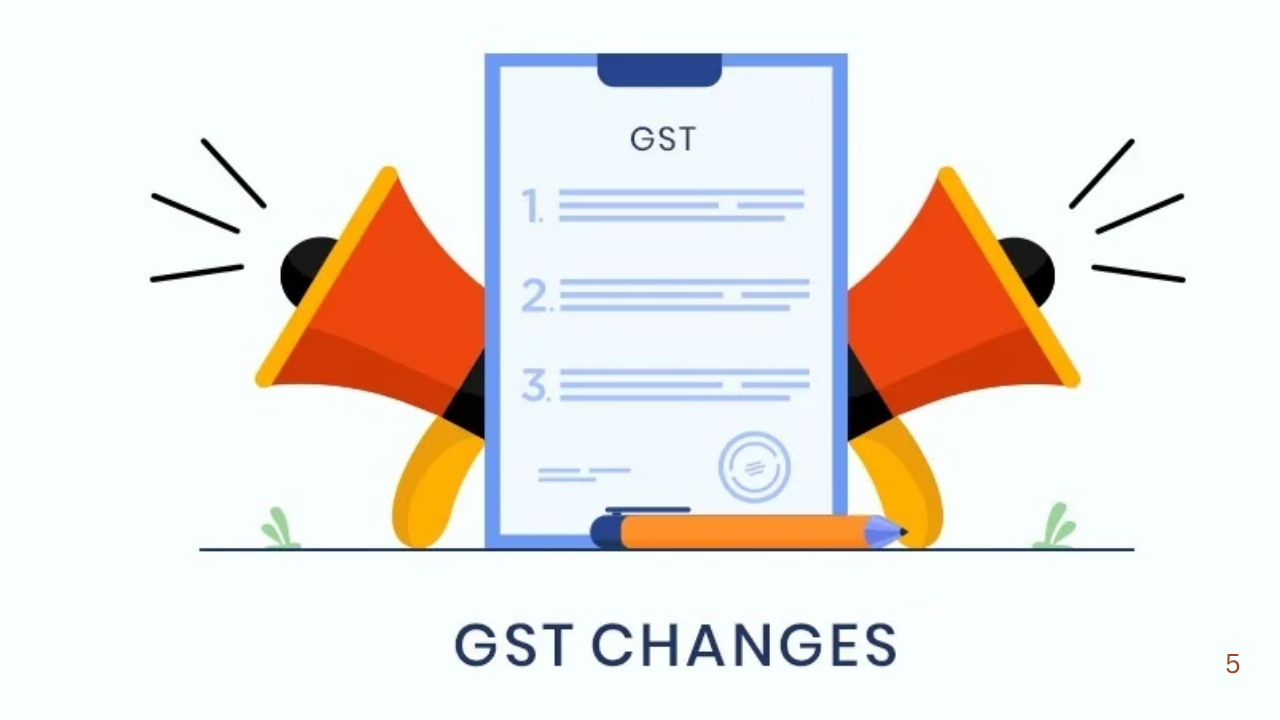The Goods and Services Tax Network (GSTN) is rolling out a significant update to the GSTR-1 form, effective from the May 2025 tax period. This change aims to streamline GST data, boost transparency, and improve tax administration.
What’s Changing in GSTR-1 Table 12?
The biggest change is the bifurcation of Table 12 into two distinct sections:
- Table 12A: Mandatory for Business-to-Business (B2B) Sales. You’ll now need to provide a mandatory HSN-wise summary for all your B2B supplies.
- Table 12B: Optional for Business-to-Customer (B2C) Sales (for now). While not yet mandatory, the government encourages businesses to voluntarily classify their B2C supplies by HSN to build data across the ecosystem.
This update also introduces mandatory HSN-wise reporting, although it’s currently in a “warning mode.” This means you can still file returns even if entries are incomplete, but the expectation is for full compliance.
Why Do These Updates Matter?
These changes are a big step forward for everyone involved:
- For Tax Administrators: The detailed data will enable better enforcement, easier cross-verification, and precise classification of supply data. It will also help policymakers conduct granular, sector-specific analyses.
- For Businesses and Traders: You’ll benefit from more seamless return filing due to the auto-population of HSN data from e-invoices. This means improved e-invoice to return reconciliation, more accurate audit trails, and better trade benchmarking.
- Overall: This move aligns with India’s push for data transparency and “plug-and-play” compliance, promising to reduce classification disputes and build taxpayer confidence.
Facing a Glitch? Here’s the Workaround for Small Businesses
Some taxpayers, especially small retailers and service providers who only deal in B2C supplies, have reported a glitch where the GSTR-1 summary throws an error if Table 12A (for B2B transactions) is left blank.
GSTN has addressed this: if you’re facing this issue, simply enter your HSN code and UQC (Unit Quantity Code) in Table 12A, and fill all value fields with “0.” This workaround satisfies the system’s validation checks and allows you to submit your return.
The Bigger Picture
Industry experts believe these reforms will significantly improve the accuracy of data, enhance audit trails, and enable better trade benchmarking. As India’s tax system becomes more data-driven and automated, these changes are crucial for future GST intelligence and fraud detection systems.
The groundwork has been laid for a more transparent and standardized GST reporting future. While full compliance remains voluntary for B2C reporting now, the clear message is that the industry is being nudged towards a more structured and predictable tax environment.
